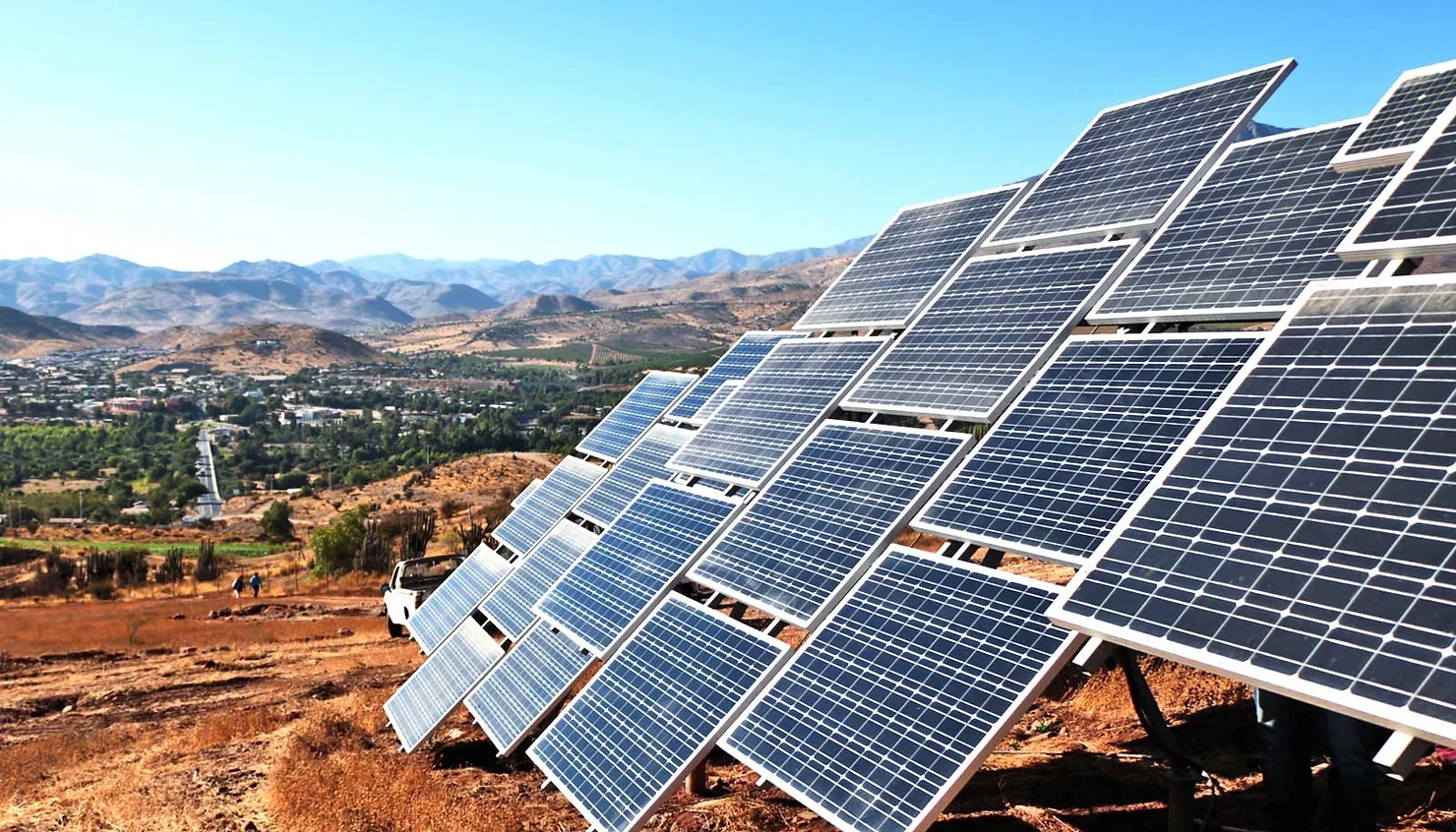Researchers at Martin Luther University Halle-Wittenberg (MLU) have discovered a new method to increase the efficiency of solar cells by a factor of 1,000. The team of scientists achieved this breakthrough by creating crystalline layers of barium titanate, strontium titanate, and calcium titanate, which were alternately placed on top of one another in a lattice structure.
Their findings, which could revolutionize the solar energy industry, were recently published in the journal Science Advances.



The headline seems to be a but misleading though. Seems like it’s 1000x more efficient than pure barium titanate would be.
Also seems like it has the potential to be much ore efficient than conventional silicon based panels, but not by a factor of 1000.
Current solar panels are about 25% efficient, so 1000 times that would be 25.000%. I think Mr. Boltzmann and Mr. Maxwell might have some objections here.
In this house we obey the laws of thermodynamics!
Now that’s what I call efficient!
Thanks for clarifying that. That publication can be prone to clickbait style headlines it seems but they also publish some good information overall and I thought it was worth noting
Thanks for the reality check. Still a huge result if it translates well into mass production.
Indeed, this seems impossible. Current solar panels are surprisingly efficient as it stands.
It says in the article
And in the referenced paper
Neither sound like a measure of efficiency to me. But I’m also no expert and the paper went well beyond my head.
“Strong current flow” is informal language, but both it and photoresponse refer to the electrical power that comes out. In theory you would just divide that by the incoming solar flux and get the efficiency. For now it’s only in a lab setting, though, so we’ll have to see what the practical efficiency will be if this is actually incorporated into a reasonable solar cell.
So yeah, apparently barium titanate solar panels used to be extremely terrible, and now they might become competitive with further research.
It’s not a measure of efficiency per se, but efficiency is a limiting factor:
In order for a solar panel to put out 1000x more power, the baseline you’re comparing it to must be at most 0.1% efficient, because otherwise the new thing would have greater than 100% efficiency and that isn’t possible.
And that’s a purely thermodynamic argument. The actual limit for solar efficiency is likely less.
Even a few hundred percent improvement would be great.
If it’s over 400%-500%, it’s fake news, because that’d be generating more energy than is emitted by the sun (per area at distance).